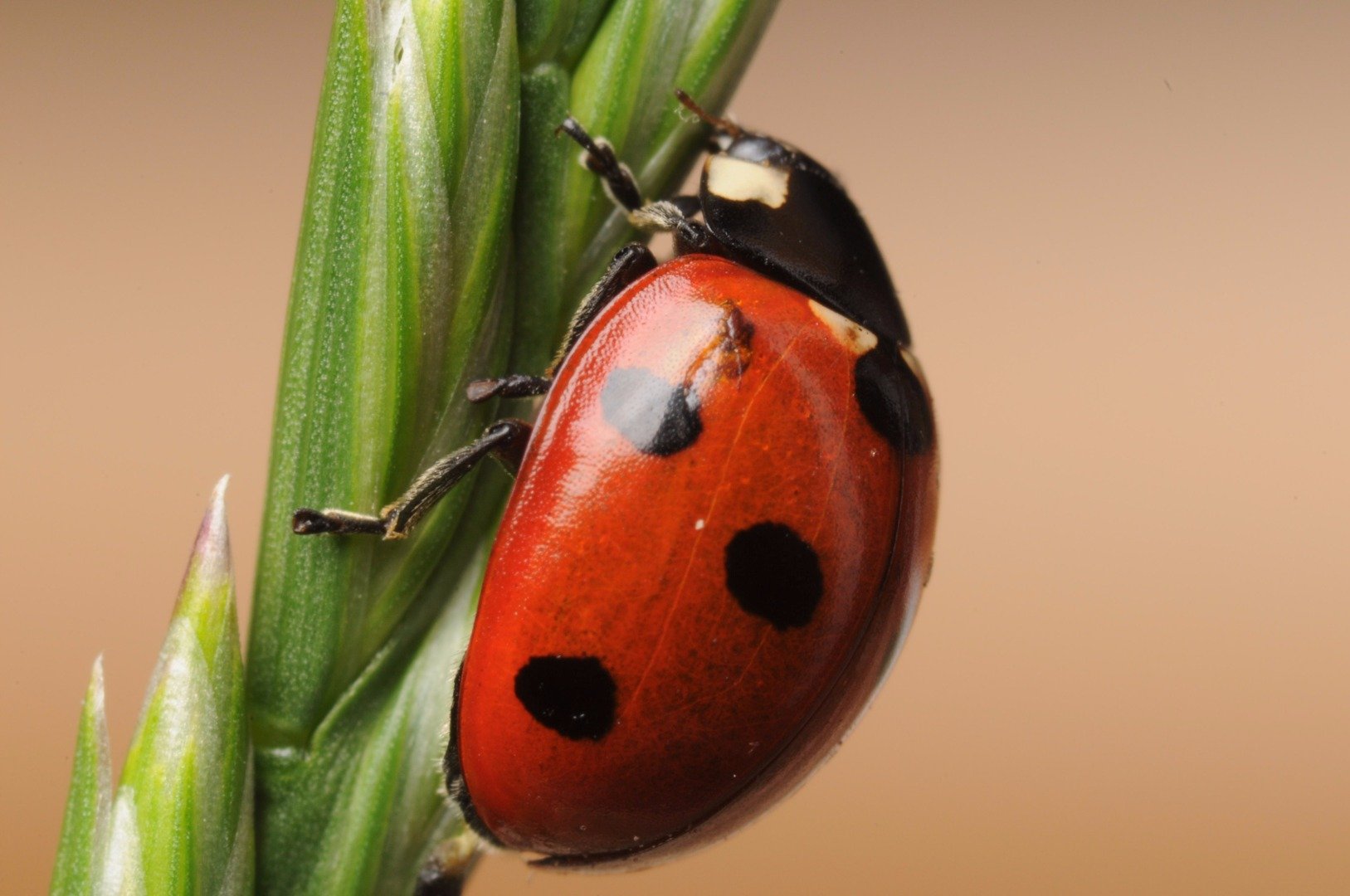
Introduction
In an interesting piece of serendipity yesterday @kevinwong posted about the use of pesticides on airline flights.
One of the concerns about these kinds of practices is the potential effect of these kinds of chemicals on human health.
Whilst perusing some of the press releases from universities yesterday I came across some preliminary research that is relevant to this issue and so decided to take a look at the paper.

The study was only recently published (December 27th 2016) in the journal "Chemical Research in Toxicology".
It is interesting not just for the findings but also because it employed computer modelling to search for new chemical interactions with human hormones.
In this case it was studying interactions with melatonin.
The Study
Summary of Design, Methods and Results
I won't comment so much on the methods in this case because I am not a research chemist so can't really speak to the techniques used here.
If you do have that kind of experience I would be pleased to hear your opinion and get your input.

The first part of the study utilised several pieces of computer software (the main one was called Chem2Risk) to model and hence identify environmental chemicals that could interact with the human melatonin receptors hMT1 and hMT2.
They excluded any chemicals that were already known to have an interaction with melatonin receptors from the results they received.
This left them with 2 insecticide compounds - called Carbaryl and Carbofuran which showed such activity.
The second part of the study tested the ability of these compounds to bind the two receptor types on human cells in the lab.
They were found to have an affinity for both receptor types but it was particularly strong for the hMT2 receptor.
This is interesting because previous research with these compounds have focused on their potential pathology related to their direct insecticidal effects.
One of the researchers, Marina Popovska-Gorevski, summarised their results as follows:
“We found that both insecticides are structurally similar to melatonin and that both showed affinity for the melatonin, hMT2 receptors."
Carbaryl and Carbofuran

These are both commonly used pesticides and they have already been linked to disease in direct occupational exposure where they have been found to cause depression and mental health issues.
According to the press release:
"The current research focuses on two chemicals, carbaryl, the third most widely used insecticide in the U.S. but which is illegal in several countries, and carbofuran, the most toxic carbamate insecticide, which has been banned for applications on food crops for human consumption since 2009. It is still used in many countries, including Mexico and traces persist in food, plants and wildlife."

They both belong to a group of compounds called acetylcholinesterase inhibitors.
This means they interfere with normal nerve transmission by preventing the breakdown of the neurotransmitter acetylcholine. That is how they kill insects.
The previous research into their toxicity had looked at this mechanism.
Interference with melatonin represents a completely new area of research for their potential effects on health.
Discussion - Why is this a problem?

Melatonin plays an important role in regulating our body clocks and that has further effects on a multitude of other hormones and bodily processes.
Anything that interferes with it could have serious implications for human health.
Diabetes and Other Metabolic Problems

One of the authors discussed the metabolic risks in the press release:
“By directly interacting with melatonin receptors in the brain and peripheral tissues, environmental chemicals, such as carbaryl, may disrupt key physiological processes leading to misaligned circadian rhythms, sleep patterns, and altered metabolic functions increasing the risk for chronic diseases such as diabetes and metabolic disorders,” said Dubocovich.
"For example, she explained, there is a fine balance between the release of insulin and glucose in the pancreas at very specific times of day, but if that balance becomes disrupted over a long period of time, there is a higher risk of developing diabetes."
There are other implications beyond just metabolic diseases like diabetes and obesity.
Cardiovascular Disease

There is growing evidence that melatonin has important roles to play in cardiovascular disease - heart attacks, angina, heart failure etc.
There is a nice review of the evidence here.
It is known to be a potent anti-oxidant with effects on blood pressure, inflammation and atherosclerosis (the furring up and hardening of arteries implicated in heart disease).
Cancers

Decreased levels of melatonin have been associated with higher levels of many types of cancer. The most famous one being breast cancer.
There is evidence that it may help to prevent cancer metastasis (spreading to other tissues) and this is an area of continuing research.
A number of mechanisms may be involved according to this study:
melatonin not only inhibits breast cancer cell growth, but also is capable of inhibiting angiogenesis, cancer cell invasion, and telomerase activity.
By competing with melatonin receptors Carbaryl and Carbofuran may interfere with these mechanisms and elevate cancer risk.
Conclusion

This is a fascinating study for a number of reasons.
Firstly the use of computer modelling to find new interactions for known compounds is a fascinating application of technology.
Although I was familiar with using such techniques I had not come across it being used in this exact way.
Secondly the potential interference of these compounds with melatonin (and hence via previously undiscovered mechanism) is of concern.
This is particularly relevant as we have in recent years started to determine the importance of melatonin in a number of diseases which are particularly problematic in modern society.
Is it possible that these two compounds are at least partly responsible for this?
It is hard to say.
As the authors point out in the study - this is the first stage of research. The next stage will be to see how these findings translate to animal models.
Do they directly increase the risk of cancers, cardiovascular disease, diabetes etc.?
As is frequently the case, more research is required to find out.
References
Popovska-Gorevski, Marina, Margarita L. Dubocovich, and Rajendram V. Rajnarayanan. 2017. “Carbamate Insecticides Target Human Melatonin Receptors.” Chemical Research in Toxicology, January. doi:10.1021/acs.chemrestox.6b00301.
“Common Insecticides Mimic Melatonin, Creating Higher Potential Risk for Diabetes and Metabolic Diseases.” 2017. Accessed January 22. http://www.buffalo.edu/news/releases/2017/01/021.html.
Wikipedia contributors. 2017. “Acetylcholinesterase Inhibitor.” Wikipedia, The Free Encyclopedia. January 1. https://en.wikipedia.org/w/index.php?title=Acetylcholinesterase_inhibitor&oldid=757772019.
Sun, Hang, Aaron M. Gusdon, and Shen Qu. 2016. “Effects of Melatonin on Cardiovascular Diseases: Progress in the Past Year.” Current Opinion in Lipidology 27 (4): 408–13.
Nooshinfar, Elaheh, Ava Safaroghli-Azar, Davood Bashash, and Mohammad Esmaeil Akbari. 2017. “Melatonin, an Inhibitory Agent in Breast Cancer.” Breast Cancer 24 (1): 42–51.
Ma, Zhiqiang, Yang Yang, Chongxi Fan, Jing Han, Dongjin Wang, Shouyin Di, Wei Hu, et al. 2016. “Melatonin as a Potential Anticarcinogen for Non-Small-Cell Lung Cancer.” Oncotarget 7 (29): 46768–84.
Su, Shih-Chi, Ming-Ju Hsieh, Wei-En Yang, Wen-Hung Chung, Russel J. Reiter, and Shun-Fa Yang. 2017. “Cancer Metastasis: Mechanisms of Inhibition by Melatonin.” Journal of Pineal Research 62 (1). doi:10.1111/jpi.12370.
Thank you for reading

Before you go have you filled in the Coinbase form to list STEEM? It only takes a few seconds. THIS POST shows you how.
If you like my work please follow me and check out my blog - @thecryptofiend
Images are taken from my personal Thinkstock Photography account. More information can be provided on request.

